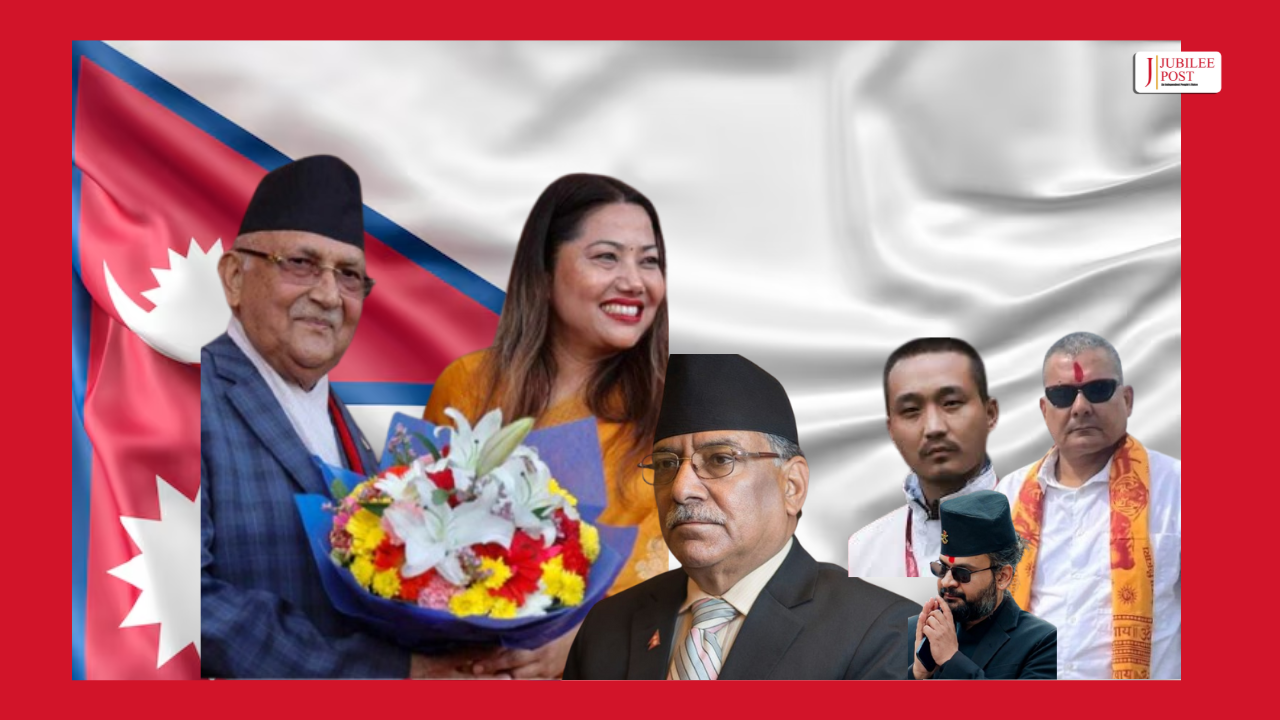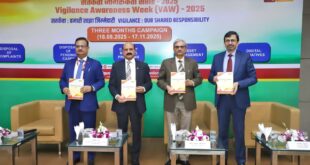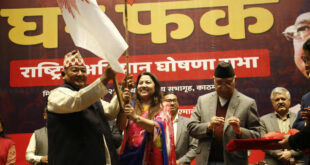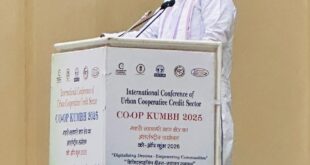 Dr. Utkarsh Sinha
Dr. Utkarsh Sinha
Nepal’s politics has reached an extraordinarily dramatic turning point as of November 2025. The issues raised by the Gen Z movement—corruption-free Nepal, judicial reforms, political participation of youth, transparent governance, and economic equality—created ripples from the streets to the parliament. Yet, this movement is no longer just about the youth; it now encompasses the strategies of various political factions, interference from external powers, and the last-ditch struggles of the old guard. Sudan Gurung’s new gambit, Prachanda’s weakening grip, Oli’s clever maneuver’s, and Ramkumari Jhakri’s explosive comeback—all these forces combined are completely transforming Nepal’s political horizon.
Sudan Gurung Faction’s New Avatar: The Pressure Group Strategy
Sudan Gurung, who emerged prominently in the Gen Z movement, has thrown a fresh demand: no new elections until all the movement’s demands are fully met. He has announced that he will not form a new political party but instead create a powerful “pressure group.” This is a calculated strategic move. Forming a party would mean getting entangled in electoral processes, accountability, and legal obligations. By opting for a pressure group, he aims to maintain street-to-parliament pressure without any accountability.
His faction is exerting psychological pressure on all existing parties with the message: “We won’t contest elections, but we won’t let you contest either.” This is a novel experiment in Nepali politics—no party, no government, only pressure.
Meanwhile, Kathmandu Mayor Balendra Shah (Balen), once celebrated as a Gen Z hero, has suffered a severe image setback. Ordinary Nepalis now label him “America-leaning” and an “NGO agent.” His silence and frequent foreign trips have deepened public suspicion.

Prachanda’s Decline: Leadership Detached from Youth
Pushpa Kamal Dahal ‘Prachanda’ is at his weakest point ever. The former hero of the Maoist movement is now seen by Gen Z as an “old, tired, compromise-prone” leader. Young leaders are fleeing his party in droves. Those who once formed the face of the Maoist insurgency have either joined the Gen Z movement or gravitated toward the UML.
Also Read : Jhakri’s Return: A New Ideological Realignment in UML
Also Read : Will the Nepali Youth Trust the Worn-Out Left Front Again?
Prachanda’s biggest failure is his inability to speak the youth’s language. While Gen Z sets trends on social media, Prachanda remains stuck in outdated rallies and speeches. His governments have repeatedly been mired in corruption scandals, and promises of judicial reform have remained confined to paper. As a result, the Maoist camp has split into two—one still with Prachanda, the other openly siding with Gen Z.
Oli’s Masterstroke: Ramkumari Jhakri’s Return
At this very juncture, KP Sharma Oli played the smartest move in Nepali politics. Ramkumari Jhakri—once the youth icon of the Nepali revolution and later estranged from Prachanda—was brought back into the UML fold with full honours. Political experts agree that Jhakri’s return is no ordinary event. She enjoys immense popularity not only among youth but also among women, Dalits, and indigenous communities. Her comeback has delivered three simultaneous advantages to the UML:
- A youthful face: Gen Z now feels the UML understands their language.
- Women’s vote bank: Jhakri has made gender equality and women’s empowerment the party’s core agenda.
- Ideological freshness: She has given the UML’s old leftist image a progressive, modern hue.
Alongside her, young leaders like Maharaj Gurung and Binay Shah have strengthened the UML’s youth wing. In the past few months, more than 20,000 new youth members have joined the UML—a record for any party.
Infiltration of External Elements into the Gen Z Movement?
The UML has successfully established the narrative that the Gen Z movement was “hijacked” by external elements and turned violent. Yet most Gen Z leaders continue to advocate peaceful protest. Some independent analysts agree that certain external elements are indeed active—especially the monarchist group led by Durga Prasai, who has forged an alliance with former King Gyanendra. Prasai, a former Maoist leader, now openly campaigns for the restoration of monarchy and a Hindu rashtra (state). He has even secured support from certain Hindutva organisations in India. However, surveys show that over 70% of Nepalis still support the republic, and the public has thus far completely rejected the idea of restoring the monarchy.
Youth Power Will Decide the Future
Nepal’s politics today stands on three poles:
- Gen Z and the pressure group — who want to exert influence while staying out of power.
- Prachanda and old-school leftism — rapidly becoming irrelevant.
- The new UML — forging a fresh alliance with youth, women, and progressive ideas.
The coming months will determine which direction Nepal takes. But one thing is crystal clear: the Gen Z movement has forever changed Nepali politics. No party can now afford to ignore the youth. Sudan Gurung may try to sustain pressure through his group, Prachanda may attempt to save power through compromises, but the real power now rests in the hands of young leaders like Ramkumari Jhakri and millions of Gen Z youth.
(Author is a senior journalist and expert of international politics)
 Jubilee Post News & Views
Jubilee Post News & Views





